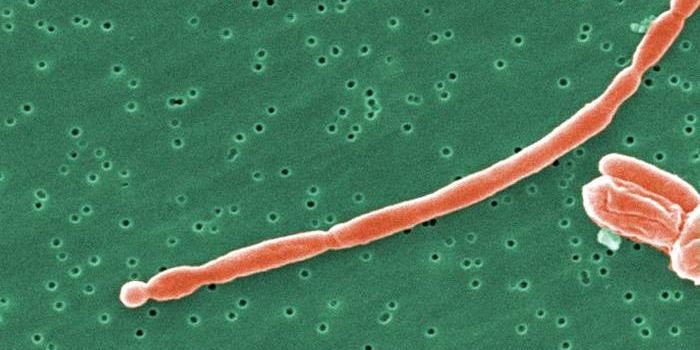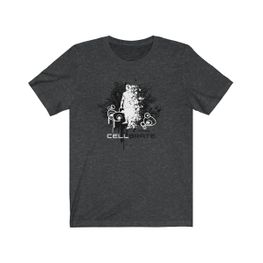Love at First Sight: Gene helps butterflies select a mate
Mate choice in the natural world is a fascinating and intricate process, particularly among butterflies, where the slightest variation in wing coloration can signify the difference between species. In a recent study published in the journal Science, researchers from LMU Munich, Germany, in collaboration with the Smithsonian Tropical Research Institute, delved into the genetics behind mate preference in Heliconius butterflies.
Understanding Butterfly Mate Choice:
Butterflies heavily rely on sight for mating decisions, making visual cues paramount in their reproductive behavior. Identifying the right wing color pattern is essential for individuals to find a mate of their species. While researchers have explored the genetics behind wing coloration, the specific genetic mechanisms linking visual preferences to mate choice have received less attention.
The Study and its Novel Findings:
Under the leadership of Rossi et al., the research centered on Heliconius butterflies, investigating mating behavior, genomic variations within the population, and gene expression patterns in individuals. A groundbreaking discovery of the study is the identification of a gene, regucalcin1, which not only influences visual preferences but also regulates mate preference among male butterflies. This finding has never been reported before.
Dissecting the Genetic Landscape:
While previous theories suggested the possibility of a single "magical trait" gene controlling both preference and cue processing, Rossi et al. provide evidence against this hypothesis. Instead, they propose that the genetic regions governing wing coloration and mate preference are distinct entities.
The Role of Regucalcin1:
Regucalcin1 emerges as a crucial gene influencing mate preference in Heliconius butterflies, particularly in males. This gene, expressed in the eyes and specific brain regions, controls visual preferences, particularly towards red patterns. By manipulating the expression of regucalcin1, researchers could directly influence male courtship behaviors, underscoring the significance of this gene in reproductive success.
Practical implications of the Research:
By unraveling the genetic mechanisms governing mate preference in Heliconius butterflies, this research not only enhances our understanding of the intricate interplay between genetics and behavior but also opens up new avenues for practical applications. Further investigations into the specific mechanisms by which genes like regucalcin1 regulate mate choice could potentially lead to the development of novel strategies for species conservation and management.

















































